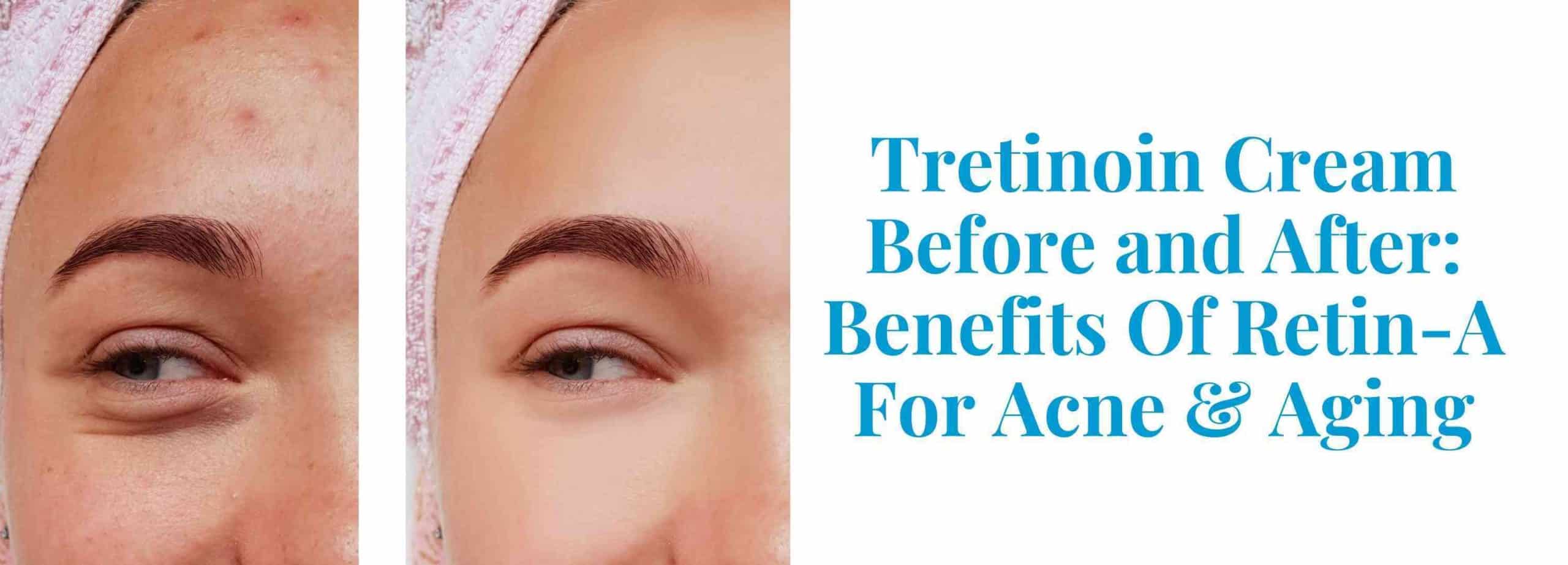In the ever-evolving universe of skincare, the question of how to integrate retinol into your routine often garners a significant amount of inquiry. With its formidable reputation for combating signs of aging, acne, and uneven skin tone, retinol has become a darling in the beauty lexicon. However, a frequently posed question emerges: “Can I apply moisturizer after retinol?” The succinct answer is yes—but the nuances surrounding this practice are intricate and warrant a thorough exploration.
Retinol, a derivative of vitamin A, operates at the cellular level to prompt skin regeneration. By accelerating cell turnover, it can slough away dead skin, unveiling a fresher, more vibrant complexion beneath. Although this sounds like magic, it’s important to regard retinol as a double-edged sword; while it offers myriad benefits, it can also provoke skin sensitivity, dryness, and irritation—especially for newcomers. Hence, the relationship between retinol and moisturizer is akin to a delicate dance, one that can significantly influence the health and appearance of your skin.
Understanding the role of moisturizers in this context is paramount. Moisturizers serve as the guardians of skin hydration, sealing in moisture and forming a protective barrier against environmental aggressors. They can mitigate the dryness often associated with retinol use. Consequently, it’s imperative to discern when and how to apply moisturizer in relation to retinol in your skincare arsenal.
When employing retinol, the timing of moisturizer application should be calculated with care. Experts often recommend a layered approach for those new to retinol. Start with a retinol serum or cream, allowing the active ingredients some time to penetrate the skin and activate their rejuvenating properties. This is usually done as part of your evening regimen, as retinol can make your skin more sensitive to sunlight.
After waiting approximately 20–30 minutes, when the product has had sufficient time to absorb, you can then reach for your moisturizer. The rationale behind this sequence is simple yet effective: it allows the retinol to work unencumbered by any barriers while also damping down potential irritation caused by its potent activity.
For aficionados of skincare, the question may arise: What type of moisturizer should one select? Here, the choice becomes particularly pivotal. Opt for a moisturizer that is rich in emollients, humectants, and occlusives. Ingredients such as hyaluronic acid, glycerin, ceramides, and fatty acids can bolster skin hydration and repair the moisture barrier, counteracting the drying effects of retinol.
Moreover, consider the texture of your moisturizer. Gel formulations tend to be lighter and may not provide adequate nourishment, especially for individuals with dry or combination skin. Conversely, a richer cream may offer substantial hydration and comfort, enhancing the overall efficacy of your retinol use. Finding the right balance based on your skin type and condition can feel like an art form in itself, but the rewards—luminous, youthful skin—are well worth the exploration.
As we delve deeper, it’s crucial to highlight the phenomenon known as the “retinoid uglies.” This term refers to the initial phase where users may experience peeling, redness, and flakiness as their skin adjusts to retinol. During this stage, it becomes even more essential to embrace a moisturizer densely packed with reparative ingredients. Not only does this cushion your skin, but it also allows you to persist with your retinol journey without abandoning ship due to discomfort.
Nonetheless, it’s vital to remain attuned to your skin’s feedback. If irritation persists despite the diligent use of moisturizers, you may need to reevaluate your retinol concentration or frequency of application. Perhaps scaling back to a lower concentration or applying it three times a week rather than nightly could yield a more manageable experience.
Another avenue to explore is incorporating a ‘sandwich’ method into your routine. In this technique, you apply a layer of moisturizer both before and after your retinol application. This can create a buffer, reducing potential irritation while still allowing the full benefits of retinol to penetrate your skin. It’s a strategy that has gained traction, especially among individuals with sensitive skin or those prone to reactive conditions.
To optimize results further, consider pairing your retinol and moisturizer with other synergistic ingredients. For example, niacinamide can enhance the skin barrier function and reduce redness, while antioxidants like Vitamin C can complement the skin-transforming effects of retinol. However, be cautious with combining potent actives, as certain pairings can provoke irritation. It’s advisable to consult with a skincare professional to tailor a regimen that aligns with your skin’s unique requirements.
Finally, it’s essential to underscore that a robust skincare routine extends beyond retinol and moisturizers. Supplemental strategies—such as regular exfoliation, sun protection during the day, and adequate hydration—contribute significantly to skin vitality. Incorporating these elements ensures that your efforts yield a harmonious, balanced, and radiant complexion.
In conclusion, applying moisturizer after retinol is not just advisable; it is a fundamental component to achieving the complexion you desire. By navigating retinol use with the right moisturizing strategies, you can enhance your skin’s resilience, minimize irritation, and bask in the benefits of far-reaching beauty rewards. Your skincare journey symbolizes a commitment not just to appearance, but to holistic well-being—one carefully curated layer at a time.
